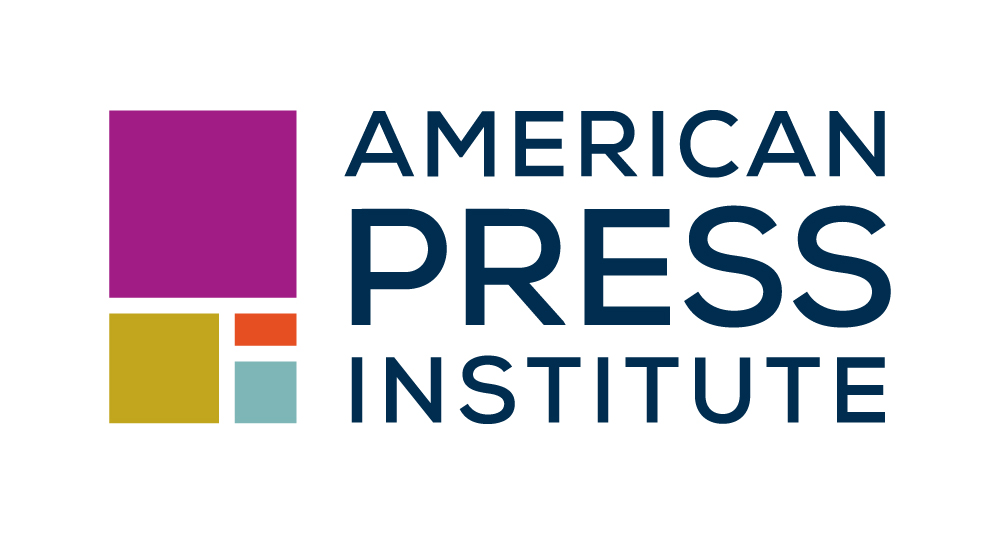Digital Paywall Converters are people who bought a digital subscription because they hit a limit of free stories they could read online and wanted unlimited access.
Their willingness to subscribe is highly driven by seeing many interesting articles over time, as well as wanting to support local journalism.
Demographically, they stand apart in many ways—Digital Paywall Converters tend to be younger, highly educated, high-income, male, and Democrats. This group is twice as likely to subscribe to large metro papers as other subscribers.
After subscribing, they are likely to share content, and more likely than other subscribers to use the paper’s mobile app and access articles through search engines.
They are more likely than other subscribers to cite the paper’s excellence at covering a specific topic, and Digital Paywall Converters sometimes overlap with Topic Hunters—33 percent of Paywall Converters are also Topic Hunters.
Digital Paywall Converters include 21 percent of total respondents.
“I found myself continually hitting my max free online articles and thought it was about time to subscribe,” reports one of the Digital Paywall Converters.
Publisher strategies for Digital Paywall Converters
While this group does overlap with other subscription paths, including Topic Hunters and Social Media-Mobile Discoverers, it warrants its own path because of the priority most newspapers place on growing digital subscriptions.
Much can be said about how to craft an overall strategy for digital subscriptions. But here also are a few specific, practical tactics to try.
Improving the user experience of the subscription sign-up page can lead to an increase in conversions. Examples include shortening and reorganizing the subscription order form and improving the page’s eye path. For some publishers, reducing the sign-up page to simply email address and payment information provided all necessary data and led to a dramatic increase in digital subscriptions.
More and more publishers are implementing dynamic paywalls so that the meter count is customized based on an individual or segment. One publisher experienced a lift in conversions by adjusting the meter to be most restrictive around content that the reader has historically been highly engaged with.
Some media companies have tested converting people who read multiple stories by the same reporter within a specified time window. These readers receive targeted messages noting that the journalist’s work appears to be of interest and then points readers to a newsletter that would contain more of their work.
Some metro newspapers are experimenting with targeting ad blockers. When an ad blocker is detected, the user sees a pop-up message about the value of journalism and that it costs money. They can turn off their ad blocker, or they have to register or subscribe.
Up close: Who are the Digital Paywall Converters?
Digital Paywall Converters are more likely than other subscribers to live in urban areas and are nearly twice as likely to subscribe to a large metro newspaper.
| Digital Paywall Converters | Other subscribers | |
|---|---|---|
| Live in urban area | 35% | 27% |
| Live in suburban area | 47% | 56% |
| Live in rural area | 17% | 17% |
| Subscribe to small paper | 8% | 17% |
| Subscribe to mid-sized paper | 7% | 17% |
| Subscribe to small metro paper | 24% | 34% |
| Subscribe to large metro paper | 61% | 32% |
Data Source: Question: Which one of the following best describes where you live?
Media Insight Project
Digital Paywall Converters most often say access to local news, reading a number of interesting articles, and supporting local journalism were important to their decision to subscribe. They are also much more likely than other subscribers to mention useful articles and supporting journalism.
| Digital Paywall Converters | Other subscribers | |
|---|---|---|
| I wanted access to news about my local community | 67% | 59% |
| I noticed a number of especially useful or interesting articles | 53% | 35% |
| I wanted to support local journalism | 42% | 28% |
| I was looking for a news source that covers a particular topic/issue | 40% | 25% |
Data Source: Question: There are a lot of reasons why a person may decide to subscribe to a news source. Here is a list of factors that might have crossed your mind as you considered subscribing to [SOURCE]. How important was each of these factors as you considered subscribing to [SOURCE]?
Media Insight Project
What led them to take the plunge and subscribe? A majority of Digital Paywall Converters say it was reaching their article limit (61 percent). Like other subscribers, they also often subscribe due to a discount or promotion (45 percent). Another 14 percent cite being motivated by attacks on the press.
Digital Paywall Converters most commonly interact with their source as subscribers by visiting its website (74 percent), and at least 4 in 10 use its app, share its content, and encounter it in search engines. They are also much more likely than other subscribers to interact with their source digitally, including subscribing to email newsletters or news alerts.
| Digital Paywall Converters | Other subscribers | |
|---|---|---|
| Regularly visit its website | 74% | 22% |
| Use its app | 45% | 18% |
| Regularly share its content with others | 43% | 43% |
| Encounter it in Google and other search engines | 40% | 14% |
| Subscribe to an email newsletter | 33% | 14% |
| Receive text messages or news alerts | 28% | 13% |
| Post comments | 10% | 5% |
| Listen to podcasts or other audio | 7% | 3% |
Data Source: Question: Now that you subscribe to [SOURCE], in which of the following ways do you interact with [SOURCE]? Do you …?
Media Insight Project
What makes Digital Paywall Converters stand out is their love of digital—virtually all of them say the favorite benefit of their subscription is unlimited access to online content (86 percent).
Many also cite feeling good about supporting the organization (50 percent). Digital Paywall Converters are more likely than other subscribers to mention unlimited articles and feeling good about supporting the news outlet.
| Digital Paywall Converters | Other subscribers | |
|---|---|---|
| Get an unlimited number of digital articles | 86% | 5% |
| Feel good about supporting the news organization | 50% | 39% |
| Access to print in addition to digital news | 35% | 49% |
| Get news that is only available to paying customers | 34% | 27% |
Data Source: Question: Now that you subscribe to [SOURCE], which of the following do you consider the biggest benefit of your subscription? Please select up to three (3).
Media Insight Project
Share with your network
Paths to subscription
You also might be interested in:
As research continues to inform this slice of the news industry, we’ll continue learning, too. Who gets to be called a journalist in 2025 and beyond? What is the future of trustworthy information, especially considering the access to and trust for online content creators? How might journalism adapt to the rise, or co-opt the styles, of news influencers?
What if we started looking at our output as a product, not a service? Too often, we think "product" means a fancy app or a new website. But product isn’t about tech. It’s about intention.
When we began asking what kind of stories still mattered to Baca County, we realized many of them weren’t “breaking news” but generational memory. And the paper was the last remaining platform that treated those memories with care and context.




